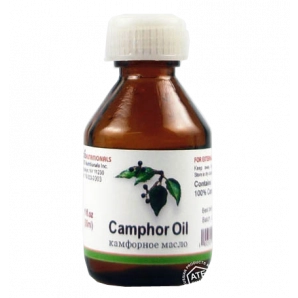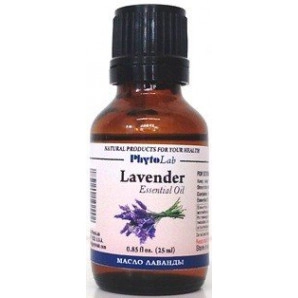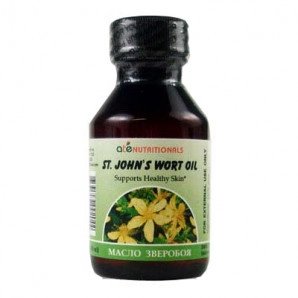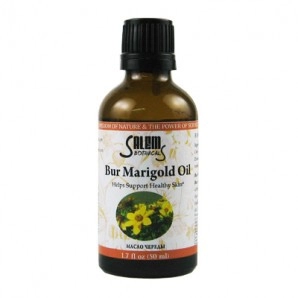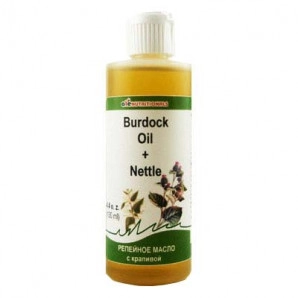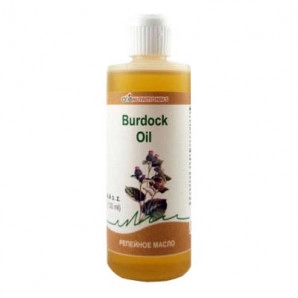-
PC
- Allergy
- Antiparasitic Agents
- Painkillers and Antispasmodics
- Venotonics
- Dermatological Agents
- Gastrointestinal Tract
- Immunomodulators
- Infectious and Inflammatory
- Weight Control, Weight Loss
- Neurological Agents
- Ophthalmic Preparations
- Cardiovascular Diseases
- Sleep Aids
- Cold and Flu Remedies
- Thyroid Disorders
- Diabetes Treatments
- Urological Agents
- Sedatives
- Ear Drops
- Vitamins and Minerals
- Men's Health
- Women's Health
- Laxatives
- Liver Disease Treatments
- Hemorrhoid Treatments
- Nasal Drops and Sprays
- Antiseptic
- Bruises and Contusions
- Antifungal Agents
- Blood Pressure Medications
- Joint Pain
- Oils
- Dry Herbs & Berries
- Ointments
- Herbal Teas
- Tinctures
- Syrups
- Beauty
This information is for general purposes only and should not be considered as medical advice. Always consult with a qualified healthcare professional for any medical concerns or questions you may have.
Turpentine Gum
Turpentine gum, derived from the resin of pine trees, has been used for various purposes throughout history. It is known for its potential therapeutic properties, but it's essential to use it cautiously and under proper guidance. Here are some key points about turpentine gum:
Key Uses and Considerations
- Traditional Uses: Turpentine gum has traditional uses that include its application in folk medicine practices.
- Potential Benefits: Some sources suggest that turpentine gum may have antimicrobial and anti-inflammatory properties.
- Caution: The use of turpentine gum requires caution and should be approached with care. Consultation with a healthcare professional is advisable.
How to Use Turpentine Gum
- Dilution: If using turpentine gum topically, it's recommended to dilute it with a carrier oil to prevent skin irritation.
- External Application: Apply diluted turpentine gum externally to the desired area, following appropriate guidelines.
- Internal Use: Internal use should only be considered under the guidance of a qualified healthcare practitioner, if at all.
Please note: This information is provided for informational purposes only and should not replace professional medical advice.
Additional Information
| SKU | 1662 |
|---|---|
| Brand | Salem Botanicals |
| Size | No |
| Manufacturer | ATE Pharm |
- Be the first to review this product
Write Your Own Review
Products on sale
Regular Price: $21.99
Special Price $17.99
Regular Price: $38.99
Special Price $29.99
Regular Price: $7.99
Special Price $4.99
Regular Price: $12.99
Special Price $8.99
Regular Price: $27.99
Special Price $21.99
Regular Price: $26.59
Special Price $18.99
Regular Price: $10.49
Special Price $8.99
Regular Price: $51.99
Special Price $34.99
Regular Price: $10.99
Special Price $7.90
Also Purchased










